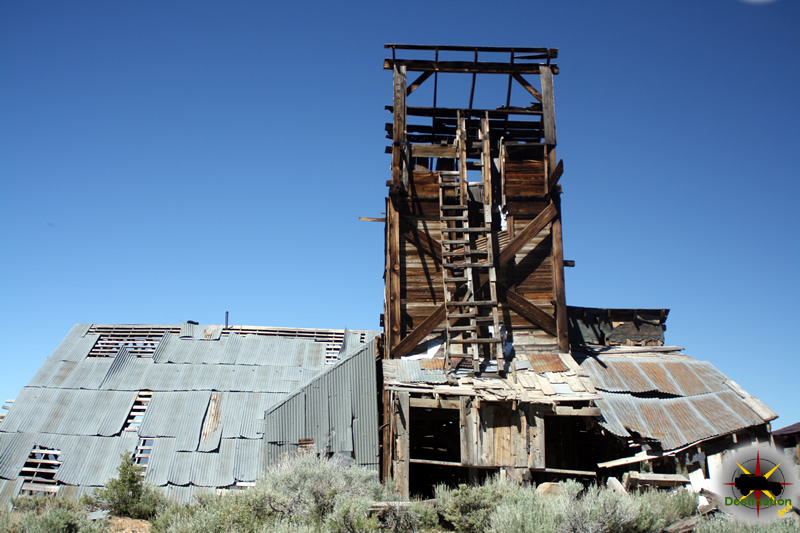The Lucy Grey Goldmine trail is a short 4×4 trip out of Primm, Nevada up to an old mine site. The route is fairly accessible and almost any SUV or 4×4, but the route finding can be tricky is you are not careful. A slight mistake in navigation and you will be in some rough country. To find the trail head, exit and head past the outlet stores and the Lotto Store. The trail head is the dirt road where the paved road turns left.

The trail heads straight out into the desert. When you reach the railroad tracks, turn right and follow the road next to tracks until you reach a railroad signal station. There is a pass through under the train track and a nice little sign which reads Lucy Grey to let you know you are on your way.
From the railroad signal station the trail heads up an alluvial fan into the hills. Once you reach the gully and head into the hills, the trail becomes hard to follow, so pay attention to GPS coordinates, or your map. The trek is mostly easy with one or two small sections that will require you to pay a little more attention. The most difficult part of this trail is the route finding up to the mine and town site.
Continue Reading →















